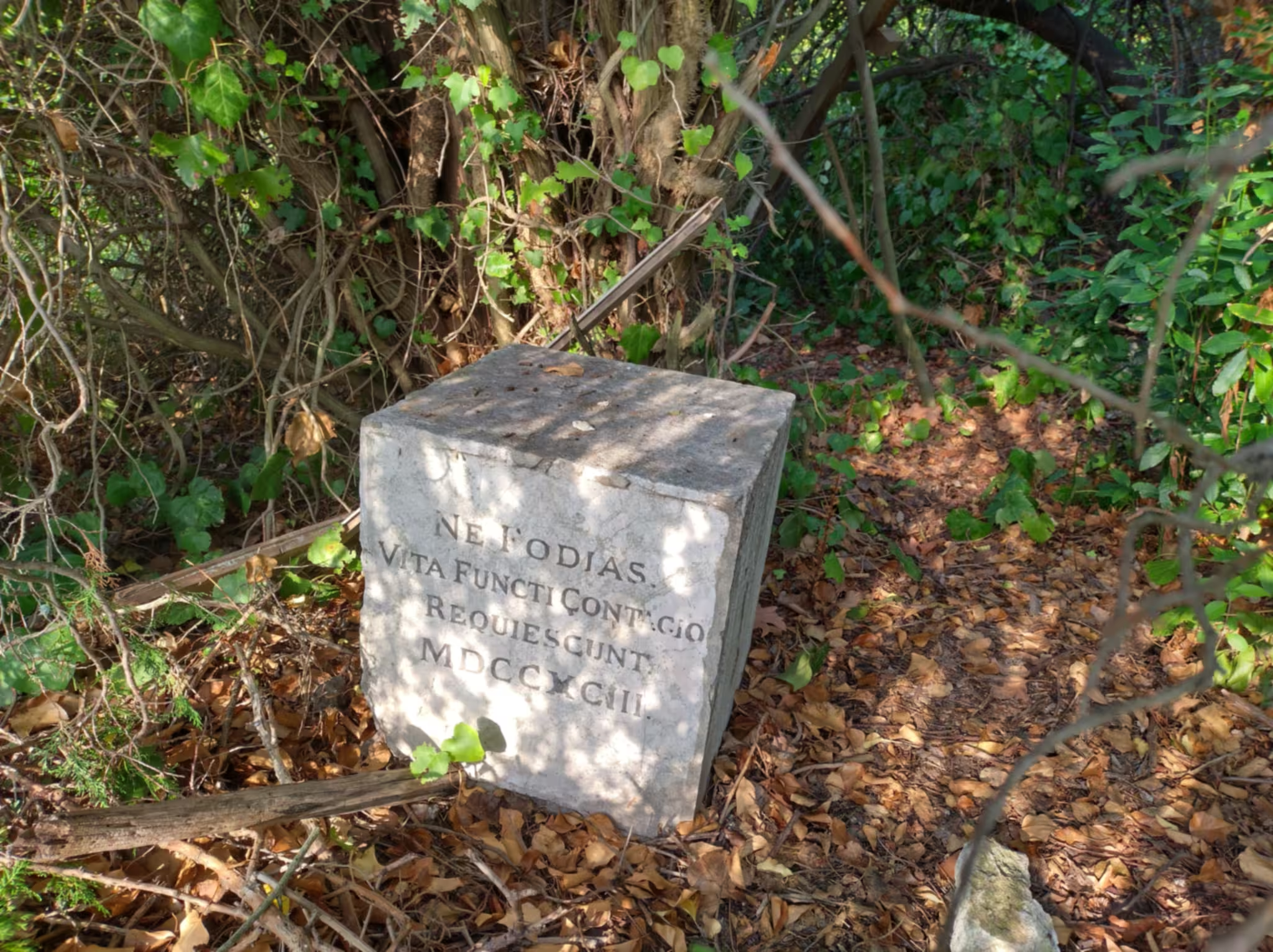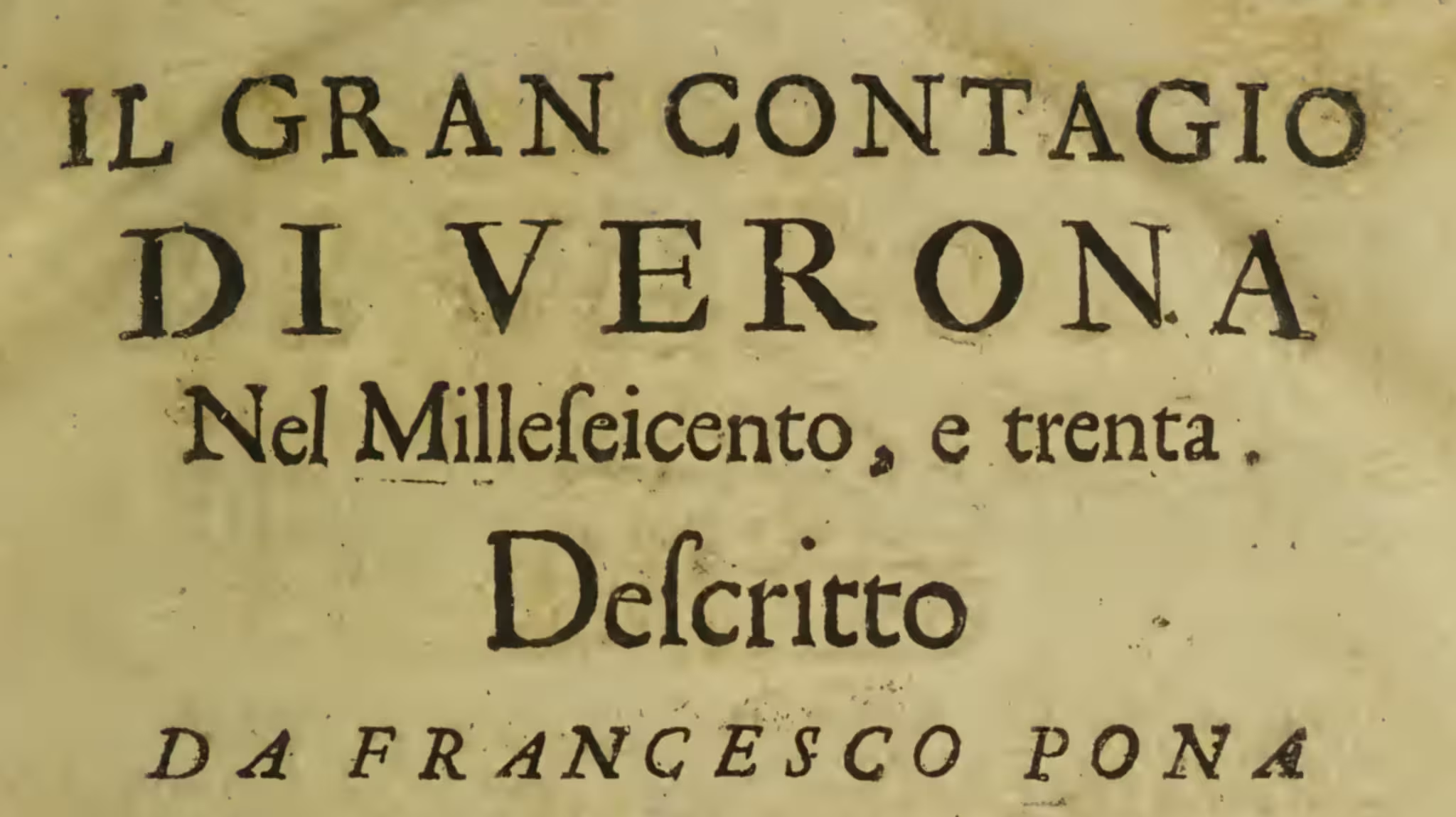Plague
-
The plague in Venice
Over the years, I have written quite a bit about the plague and how the Republic of Venice tried to manage it. This is a complete list of all the plague related articles, podcast episodes, newsletters, chronologies, and sources, both in the original and translated. Narrative I’ve told the story of the plague in Venice…
-
The start of the plague in 1575 — Cornelio Morello (1584)
Translation of a document from 1584 recounting the start of the plague of 1575, translated by René Seindal.
-
Il Gran Contagio di Verona — Francesco Pona — libro secondo (modern)
Libro Secondo (second part) of “Il Gran Contagio di Verona” by Francesco Pona (1631) — modernised text.
-
Il Gran Contagio di Verona — Francesco Pona — libro secondo (original)
Libro Secondo (second part) of “Il Gran Contagio di Verona” by Francesco Pona (1631) — original text.
-
Il Gran Contagio di Verona — Francesco Pona — libro primo (modern)
Libro Primo (first part) of “Il Gran Contagio di Verona” by Francesco Pona (1631) — modernised text.
-
Il Gran Contagio di Verona — Francesco Pona — libro primo (original)
Libro Primo (first part) of “Il Gran Contagio di Verona” by Francesco Pona (1631) — original text.
-
Il Gran Contagio di Verona — Francesco Pona — dedication (translated)
Frontispiece and dedication of “Il Gran Contagio di Verona” by Francesco Pona (1631) — English translation.
-
Il Gran Contagio di Verona — Francesco Pona — dedication (modern)
Frontispiece and dedication of “Il Gran Contagio di Verona” by Francesco Pona (1631) — modernised text.
-
Il Gran Contagio di Verona — Francesco Pona — dedication (original)
Frontispiece and dedication of “Il Gran Contagio di Verona” by Francesco Pona (1631) — original text.
-
Francesco Pona — The Plague in Verona, 1630
A doctor’s eyewitness account of the plague epidemic in Verona in 1630, which killed some 60% of the population of the city.






